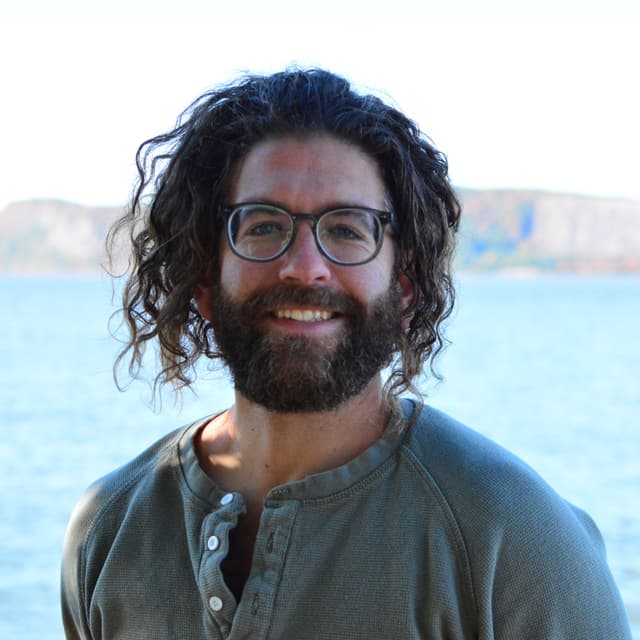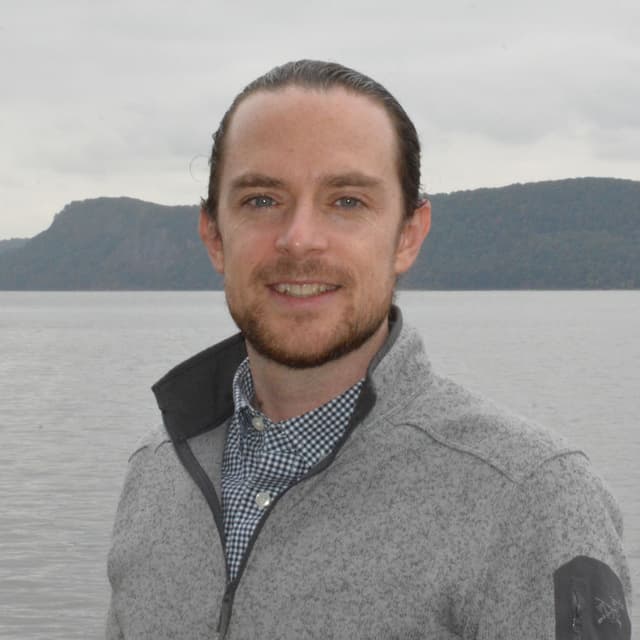
Sewer and stormwater pollution
Working to keep sewage and street pollution out of our waterways
The challenge
Failing infrastructure, and sewer systems that can’t handle rain


21
billion gallons a year of untreated sewage is discharged from ~640 combined sewer pipes in New York City
1987
The last time New York City built a new wastewater treatment plant was in 1987
$2.26 B
needed for wastewater infrastructure upgrades in the Hudson Valley
410
locations monitored by Riverkeeper for sewage contamination
- Focus areas
- Water qualityClimate impacts
What we're doing
Reducing sewage discharges

Sebastian Pillitteri
Community Science Manager
“Green infrastructure” and stormwater

16x
more stormwater runoff from a one-acre parking lot than a one-acre meadow
$5.3M
Creating tree cover saved one city more than $5 million on residential energy use, runoff reduction, and air pollution removal in one year
Unified action in Westchester
Renewable Rikers

Mike Dulong
Legal Program Director






